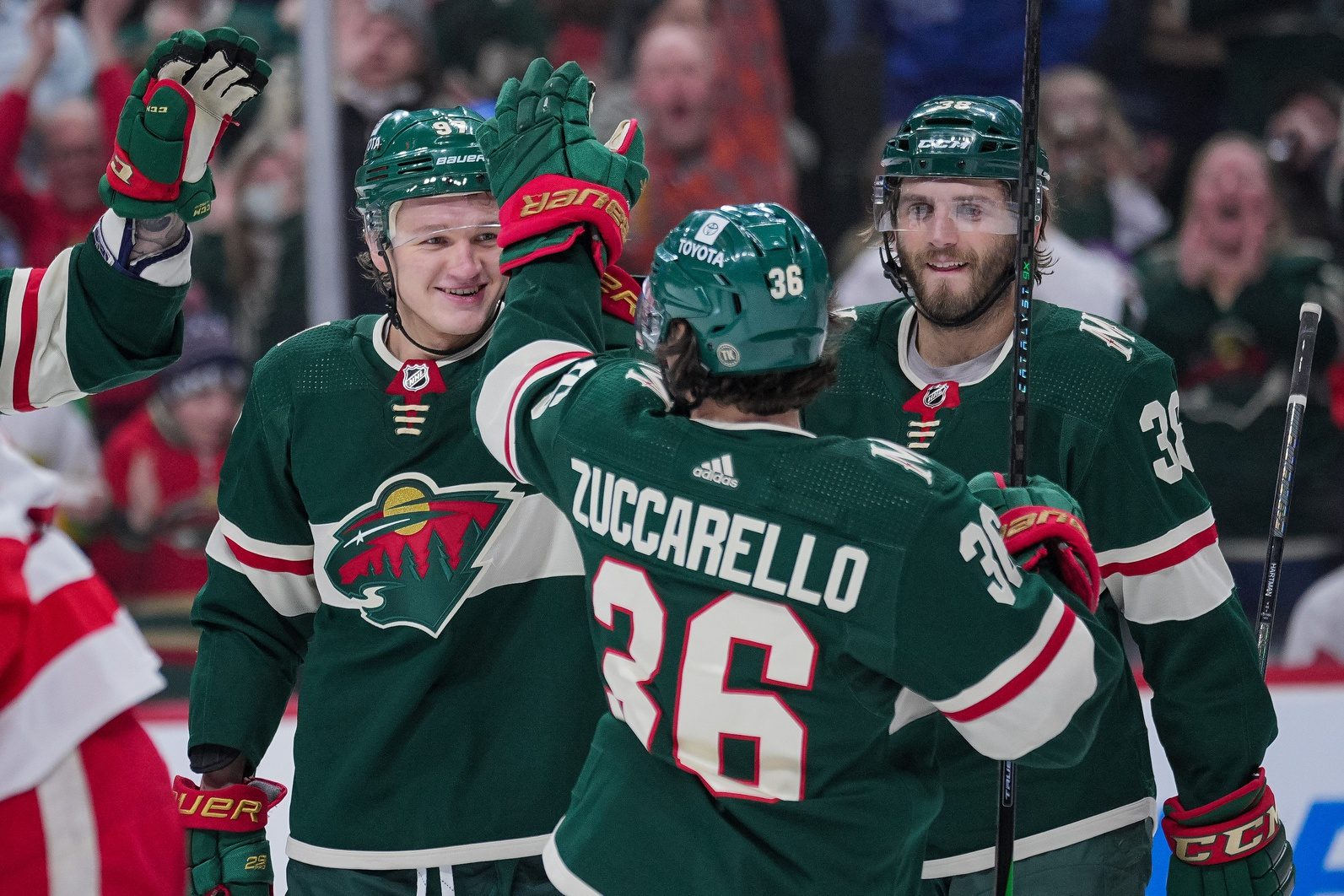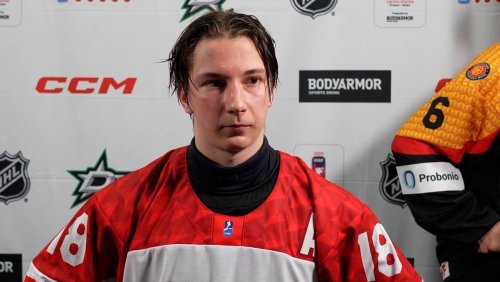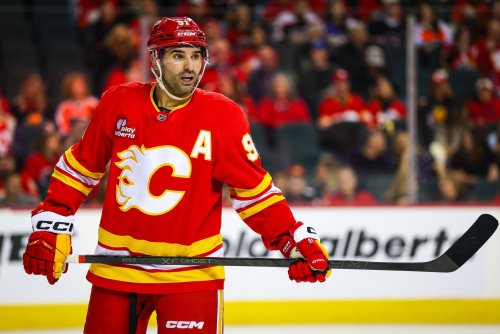
The Minnesota Wild were largely stable for a decade, but change is inevitable in the NHL. Players have collective bargaining rights that allow them to change teams throughout their careers. Head coaches are often hired only to eventually be fired. That can be the case even when it’s largely not their fault.
Players say that new teammates, new opportunities, or even a "change of scenery" can be enough to get them off the schneid. Coaches often preach about their new techniques and systems and how they’ll be "playing up-tempo" or "being difficult to play against" — exactly what the organization needs. When you need to play up-tempo styles, too, GMs have to make changes, too. They’ll need to get younger and faster.
Bill Guerin has largely done that since the Wild hired him in 2019. He was unafraid of trading away elder statesmen Eric Staal. The Wild GM didn't bat an eye about dealing Jason Zucker. Nor did he have any plans to re-sign Mikko Koivu. He reduced the average age of the team from one of the oldest teams in the league to a much younger one overnight.
Guerin has done a massive overhaul on the culture and overall vibe of the franchise. National TV networks will have the Wild on their airwaves more than any other franchise this coming season. There's optimism surrounding the club for the first time in a decade. Not only are the Wild a watchable, enjoyable commodity, but the team also threatens to carry this excitement forward well into the future.
The Wild have a highly touted prospect pool. High-end talents like Jesper Wallstedt, Marat Khusnutdinov, Danila Yurov, and Marco Rossi are being pushed by a deep roster of high-upside players like Liam Ohgren, Hunter Haight, Carson Lambos, and more. Minnesota's head of amateur scouting, Judd Brackett, has been Guerin's secret weapon. Brackett is repeatedly finding players with lots of skill to play that up-tempo style the head coach strives for.
But an issue looms on the horizon. With how things are going, not all of these kids will be able to play for Minnesota. That's true based solely on the attrition rate that happens when any prospect pool starts to graduate. But there are a lot of roster players blocking the way of these kids.
Retaining old, aging, and expensive players often gets teams in trouble. Guys who were dominant in their primes but are now over the hill in their NHL careers. It was a gradual decline from age 26, but now that they've hit 30, the teams find they’re underwater in the returns on those investments.
What if, to keep the machine rolling full steam ahead, the Wild were to stop signing players past, say, age 32? It's an incredibly cutthroat strategy. One that forces difficult decisions on players who gave the team their best years, have become ingrained in the community, and continue to draw in fans. However, it avoids the longtime fan-favorite playing out the string at the end of his career. It eliminates the team being trapped by the Suter and Parise-esque forever contracts, which are hamstringing the team now. A cap strategy like this would keep the salary cap manageable every year.
Under this kind of scenario, this season would be Marcus Foligno's last with Minnesota. The team would allow Mats Zuccarello to walk in a couple of years. There are already long-term deals, and Jonas Brodin and Jared Spurgeon may have to play out the string of their career. But when folks like Ryan Hartman need to re-up? Thanks, but no thanks.
The real tough decisions wouldn’t come until a bit later, though. Kirill Kaprizov’s contract expires at age 29. Under this strategy, the Wild wouldn’t be willing to go longer than three years with him. He’s not taking a three-year deal, so it’d require parting with Kaprizov. This kind of strategy wouldn't be easy, but no one expected it to be.
Do you know what else isn’t easy? A 36-year-old scorer who isn’t what he used to be and taking up a considerable chunk of your salary cap. Odds are, that’s going to be what happens with a megadeal, even to a player of Kaprizov’s stature.
Some studies support employing these cap policies. Rob Vollman attempted to define an aging curve in his 2016 book Stat Shot. The curve initially debunked the idea that a player is in their prime in their late 20s, as was the prevailing line of thinking until the early 2010s. His curve showed that players plateau from age 23 until age 25 before a slow decline to age 30, after which more dramatic declines are frequently common.
Evolving Wild attempted the same task of defining an age curve for NHL players a year later. They broke it down between forwards and defensemen while also using the different factors that makeup WAR. They found that even strength offense peaks at 25 before declining. Whereas even-strength defense holds on deep into a player’s 30s. However, both aging curves agree that once a player hits 32, they are, on average, 0.75 WAR worse than the 25-year-old.
It makes sense to stop spending money on players that will only give a negative return value after a certain age. But it requires a leap of faith to make it happen. Guerin must trust Brackett to keep the machine moving, even when the draft position is further down the board. It also requires an ability to stick to your guns and bite the bullet, knowing that once in a while, a player he doesn’t retain will have a few more productive seasons.
It's also painful for the fanbase. After years of special moments and memories, they're forced to let go. Even if a hard limit of age 32 looks arbitrary, the numbers don't lie. Father Time remains undefeated.
Still, even if Guerin doesn't take the plunge into this cap strategy, he could adapt certain facets. Mainly, paying a premium price for young players like Kaprizov or Matt Boldy is better money spent than paying big money and term on the next contracts for Foligno, or Hartman, or the ones they’re already paying to Alex Goligoski and Jon Merrill. We've seen Guerin jettison the old core in the past. He’ll have to keep doing that for lasting success, even to players he and the fans value.
Think you could write a story like this? Hockey Wilderness wants you to develop your voice, find an audience, and we'll pay you to do it. Just fill out this form.






Recommended Comments
There are no comments to display.
Join the conversation
You can post now and register later. If you have an account, sign in now to post with your account.
Note: Your post will require moderator approval before it will be visible.